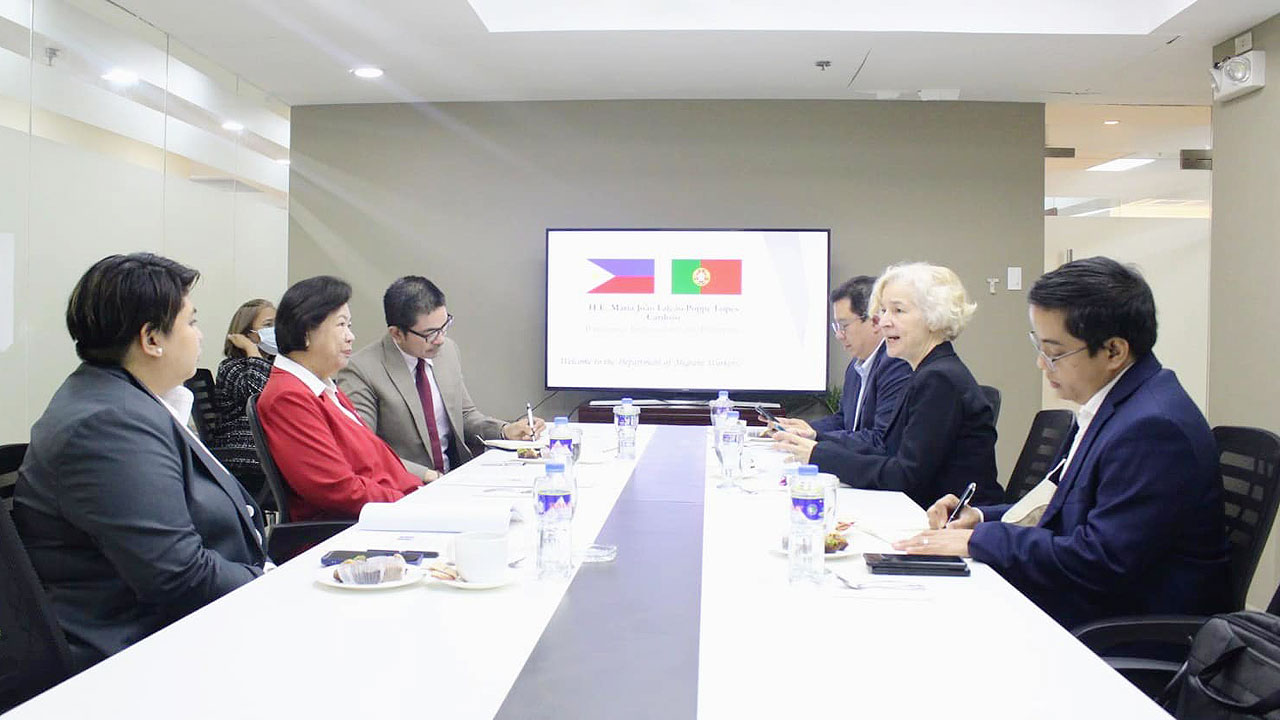PHL, Portugal tackle job openings for Filipinos, human trafficking

PHILIPPINE migrant workers officials and Non-Resident Ambassador of Portugal to the Philippines Maria Jao Falcao Lopes Cardoso on Wednesday agreed to work on expanding employment opportunities for Filipinos in the European country and to bolster efforts against human trafficking.
In a statement on Thursday, the Department of Migrant Workers (DMW) said Secretary Maria Susana “Toots” V. Ople and Ms. Cardoso discussed taking advantage of new technologies to make it more efficient and convenient for Filipinos to find work in Portugal.
The officials also discussed establishing a bilateral labor agreement between the two countries.
Citing 2022 data from the Philippine Embassy in Portugal, the DMW said there were about 1,726 Filipinos working in Portugal last year.
Most of them are services and sales workers, plant and machine operators and clerical support workers, the agency noted.
Among those present in the meeting were DMW Undersecretary Patricia Yvonne M. Caunan, DMW Assistant Secretary Mario T. Zinampan, Honorary Consul of Portugal to the Philippines Ramon Garcia, Jr., and Foreign Affairs acting Director Charleson Hermosura.
In January, Ms. Ople said the DMW aim to establish more labor agreements with Romania, Hungary and Portugal.
She said the agency is working closely with the Department of Justice to strengthen the monitoring and action against human trafficking activities that target Filipino workers.
The migrant workers chief said last year the Philippines plans to deploy more labor attachés this year to reinforce its network for the protection of overseas Filipino workers.
In 2019, former President Rodrigo R. Duterte signed into law a bill that would require the presence of social welfare attachés in foreign labor markets with a high concentration of Filipino workers.
The officials are mandated to handle cases of migrant workers in distress, especially those who were victims of trafficking or illegal recruitment.
Cash remittances through banks stood at $10.49 billion from January to April this year, up 3.2% from the $10.17 billion in the same period in 2022, according to central bank data released Thursday. — John Victor D. Ordoñez



